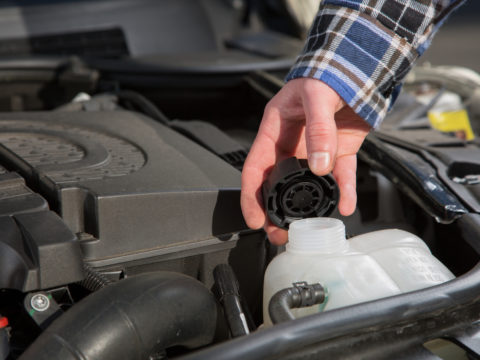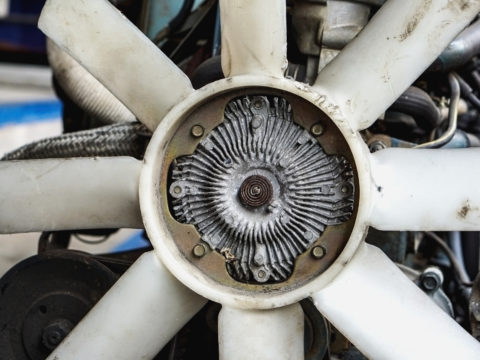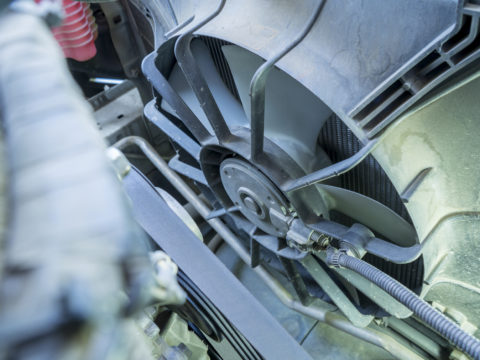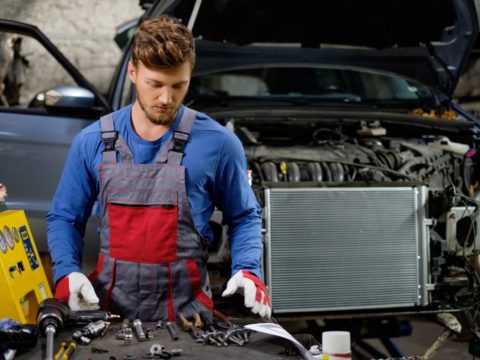Car radiators are responsible for regulating temperatures inside of the engine so that it runs without issue. Coolant runs through pipes and hoses to prevent the engine from overheating.
Both hoses should be equally warm for the radiator to run correctly.
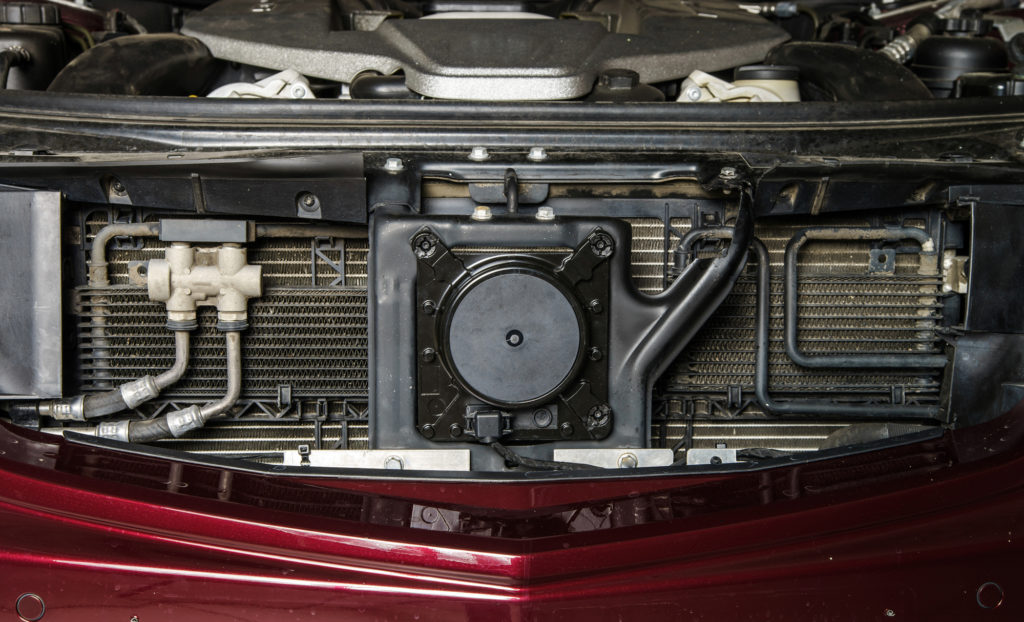
If you discover your lower radiator hose cold, it may be a symptom of a problem, like a broken thermostat or water pump, low coolant, or an air-filled or clogged system.
Contents
What Does a Radiator Hose Do?
There are several hoses in a radiator system. The upper radiator hose, also known as the discharge hose, connects the thermostat back to the system.
Hot water gets pumped through the discharge hose from the engine and back into the radiator.
The lower radiator hose, also known as the intel hose, connects from the lower end of the radiator back into the engine. Cooler water pumps back into the engine through this hose.
This system of hoses circulates water in and out of the engine to keep it from overheating.
Where Are Radiator Hoses Located in a Car?
The radiator and the hose system are wherever the engine is on the vehicle. The upper radiator hose is easy to see and usually runs along the top.
The lower one is harder to examine and usually requires you to be underneath the car.
Are Both Radiator Hoses Supposed To Be Hot?
When your engine is running, the hoses should never be at the same temperature; something is wrong if they are.
The top hose maintains a hotter temperature while the bottom is at a cooler temperature because of their respective purposes.
The top hose pulls hot coolant from the engine and the bottom filters fresh coolant back through the engine to cool it.
Should the Lower Radiator Hose Be Cold?
The lower hose is cycling coolant back into the engine to keep it from overheating, so yes it will be cooler than the top.
However, the entire engine gets hot when it’s running so everything, lower hose included, should be getting hot as well.
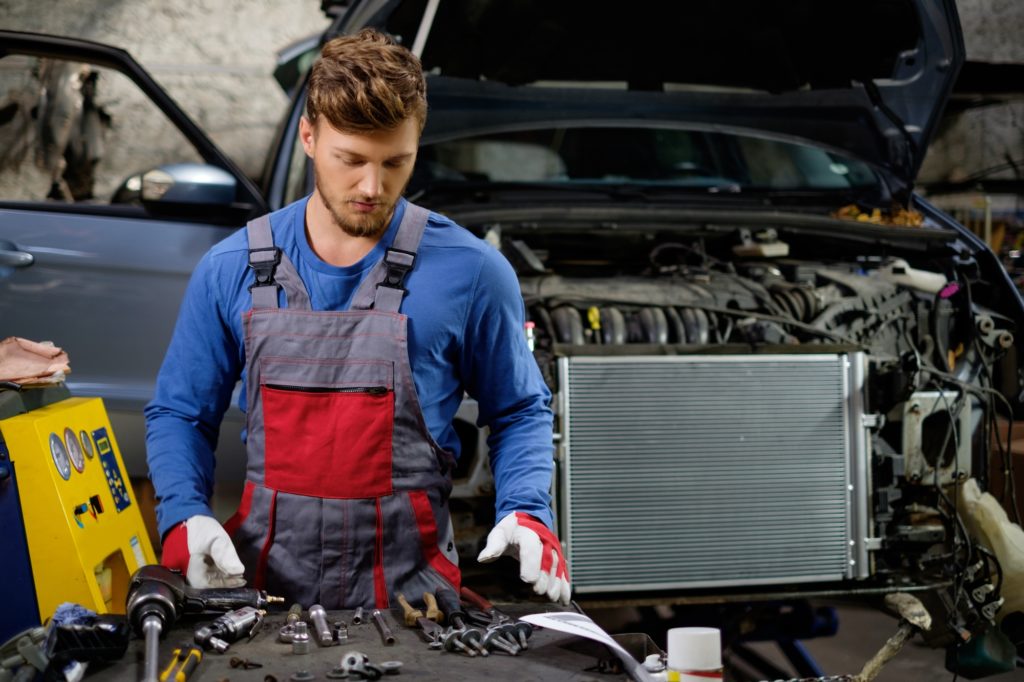
What Does It Mean if the Bottom Radiator Hose Is Cold?
There are a variety of reasons for you to find your lower radiator hose cold. The good news is that once you figure out why the hose is cold, you can fix the problem immediately.
a) Broken Thermostat
The thermostat within an engine is valve-based. This valve regulates the flow of coolant through the engine to prevent overheating.
Ideal engine temperature is maintained because the valve opens to allow coolant to run through the radiator.
If the engine is overheating, but the lower radiator hose is still cold, it means there is likely a problem with the thermostat.
b) Broken Water Pump
The purpose of the water pump is to transfer coolant from the engine to re-cool so it can cycle back in. When the pump is not functioning, water will sit in the engine, progressively getting hotter until it overheats.
The lower hose is most likely the coolant output hose of the radiator system, which is why it will remain cold.
c) Low Coolant
Coolant is the life-blood of a radiator. As such, low coolant can cause several problems. Think of the radiator as a heart and coolant as the blood; without coolant, nothing works.
Hoses cannot pump coolant through the engine when the amount is less than the minimum — this may cause air pockets to form in the system.
d) Air in the System
Several malfunctions can cause air pockets to form in the cooling system. A broken gasket or coolant change may force air to get trapped within the radiator system.
The air in the system disrupts circulation, which can lead to overheating.
The usual way to release air from the hoses is by bleeding the whole system of coolant.
e) Clogged System
Running nothing but water through a radiator will lead to blockage. All radiator systems run on a mixture of coolant and water to cool the engine.
While a car can still run with only water, the water will form rust over time and clog the system.
Flushing the entire system is your best bet to clear out the blockage.
How To Fix Radiators Cold at Bottom
If your lower radiator hose is cold, you need to start by checking the head gasket. Coolant leaks, white smoke emissions from the tailpipe, or a coolant leak near the water pump are indicators of a faulty head gasket.
Gasket leak products can seal a leak and are the most affordable solution to fix the gasket.
Once that is done, and if the gasket is in working order, you should examine the coolant level and flow next. Checking the reservoir with a dipstick will tell you everything you need to know.
The problem is likely not time-sensitive if the vehicle has already been running for a while without issue. Also, check that your coolant levels are around 50% water and 50% coolant.
If your vehicle is overheating, there could be an issue with the thermostat. It’s located near the radiator cap and simple to replace as long as you have the correct parts.
Once you have explored every option and none of these problems have occurred, the evidence suggests a broken heater core. The heater core is a tube that runs through the entire vehicle to heat it.
How Much Does It Cost To Replace a Lower Radiator Hose?
A radiator hose is an essential part of the cooling system. At one point or another, replacing a hose is something any long-term car owner will face.
Pricing of such a repair can vary wildly depending on the severity and cause of the damage.
If the hose itself is old and cracked and is all that needs replacing, the price is pretty low.
The hose can cost anywhere between $30 to $60, and the labor cost can vary from $60 to $80. So long as the hose is the only issue, you could estimate a repair cost of roughly $110.
Engine overheating can lead to more problems than a cracked or dried-out hose. More problems mean more steps to fix the problem correctly, which takes several hours.
The cost can rise to several hundreds of dollars in the event of several damaged hoses and the challenge of replacing them.

